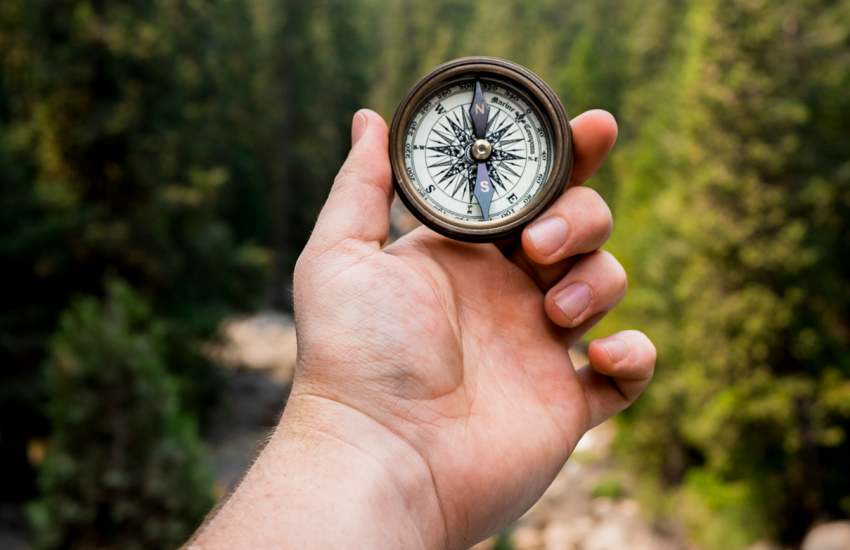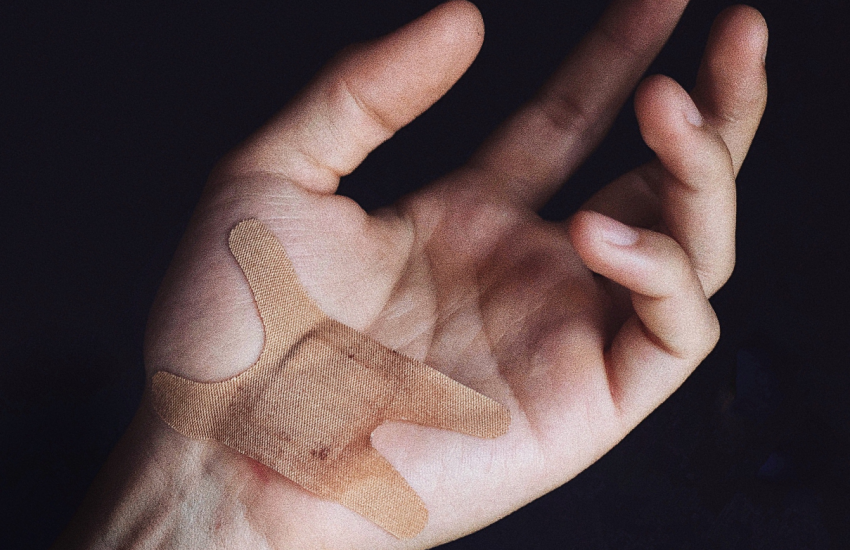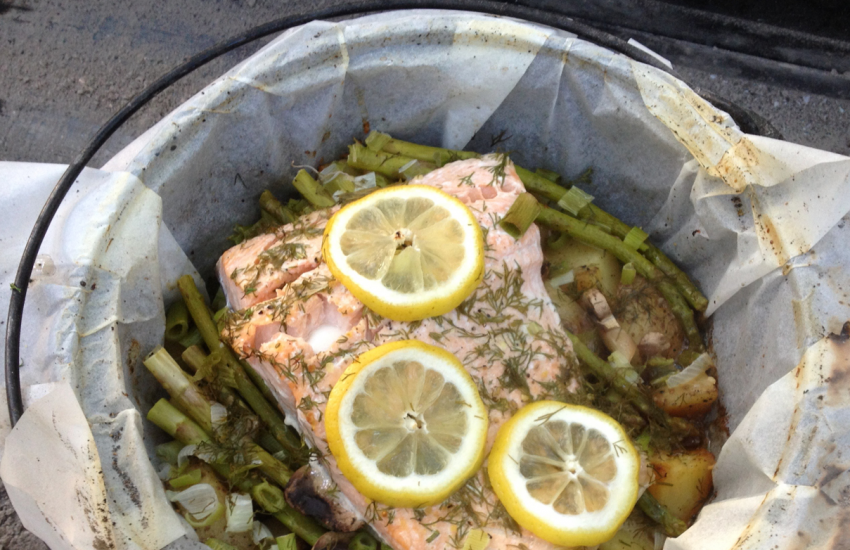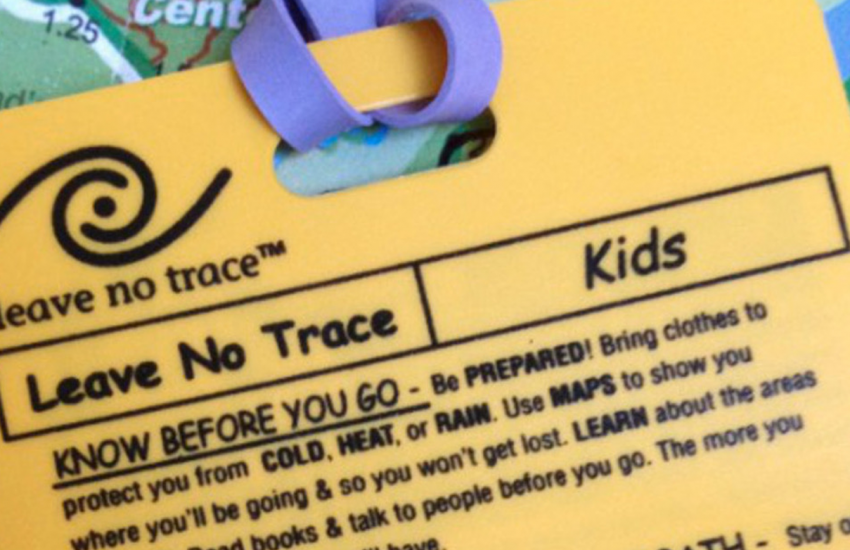This week’s ScoutmasterDave we discuss the 10 essentials, what they are and most importantly, why you need to have them.
- 10 Essentials (Scouting Magazine)
- Personal First Aid Kit (Amazon)
- Rain Poncho (Amazon)
- Hiking/Backpacking Compass (Amazon)
- Nalgene 32oz Wide Mouth Water Bottle (Amazon)
- LifeStraw Universal Water Filter – fits Nalgene bottle (Amazon)
- Stormproof Match Kit with Waterproof Case (Amazon)
Transcript:
When you talk to your scouts and the 10 essentials come up some of them look at you like you’re nuts, some of them know what you are talking about but don’t know what they are, and some of them know what they are, and even some of them can scrounge them up if pressed.
This week’s ScoutmasterDave we discuss the 10 essentials, what they are and most importantly, why you need to have them.
Most of them are no-brainers, after all, they are the “essentials”, but lets talk through them and see where we get to.
Essential #1: Pocket Knife
Now while this is essential, you can only carry a pocket knife if you have earned toten chip, or whittling chip in cub scouts. A good pocket knife is has a blade to cut food, strip bark for a fire, and cut. I personally like a multi tool, mine turns into a plyers, which sometimes is more helpful than the knife part.
Essential #2: First Aid Kit
A small first aid kit in your pack is helful especially when camping with small cuts. You obsviusly want to keep as clean as possible in the outdoors, and coving up cuts keep you from getting sick.
This is also one of the ones that scouts most often don’t have, even though it is one of the early scout requirements to build one. Personally I go with one that is a little sturdier than the plastic baggie ones the scouts build, as it will get tossed around their pack over the years, and get the items crushed. So it’s a good idea to refresh the band aids and other elements from time to time.
As an adult, I keep some Tylenol and Advil in the bag, which has come in handy in a pinch.
Essential #3: Water bottle
Having a personal supply of water available is important, as if you don’t you are eating into someone else’s personal supply if there isn’t ready water available, which isn’t really fair, mainly because it’s the heaviest essential.
Spend the money, get a good Nagline bottle. Not only does it last forever, but you can add hot water to it and warm up the bottom of your sleeping bag, and you can get filters for it, that slip right into the top.
One tip though, is to clean it regularly. Particles from food creep in and mold can actually grow inside of it. Especially if you put anything but water inside it.
Essential #4: Rain gear
There are three types of rain gear. The first type, the disposable poncho you get in the dollar store you should have in your bag as a backup. It weighs nothing and lasts forever.
The most useful type would be the standard rain poncho. These run for about $10 and are thicker and more durable than the once-and-done type.
The third type is a rain jacket. These usually have a hood, some have rain pants as well, and can run in the $35 range. They also take up the most room in your pack, but are the most durable.
Personally, I have all 3 and if the weather is supposed to be bad, will bring all 3, otherwise I might just have #1 & 2, or just chance the weather with #1 and a hat.
Essential #5: Extra clothing.
Planning for the weather and activity is important. Any time a scout fails to plan appropriately they put a burden on the other scouts and the leaders. Most often someone, mostly leaders, carry extra gear, but they should always be prepared.
Essential #6: Flashlight
This one is always the one that drives me nuts, as the scouts will head off into a trip and think, I can see fine, I don’t need a flashlight, or they think they would use their phone as their flashlight. Sure, you can, but geez. Get a small belt flashlight, they weight next to nothing, and they well, light up. Think of it like an app without the phone.
Essential #7: Trail food
Trail food is important to have. Sometimes dinner doesn’t work out as well as you planned, sometimes you need the extra energy. In winter, having a little extra sugar and calories before bed will keep you warmer.
That being said, get trail food that is sealed, it keeps away the critters better, and if you are camping in the back country, this in one of the essentials you want to leave outside of your tent with the other cooking gear.
Essential #8: Matches
Having matches or fire starter is all part of being prepared. I personally, keep a lighter in my pack.
Essential #9: Sun protection
Essential #9 and ten tie for the most often forgotten items. Sun screen will keep you from needlessly getting burned, especially if you are fair skinned. Any sort of irritation in the outdoors is magnified by nature of well, you are in the outdoors, you don’t have a whole house full of supplies to help you. Get a small tube of sun screen, keep it in your pack, and wear a hat.
Essential #10: Map & Compass.
Having a map and compass, or at least a compass in your pack falls under the category of I’m up a creek without a paddle, it’s a good thing I have water and firestarter to fall back on, while I try and get from being lost to not being lost.
Have a compass, a real one not the $2 toy one in your pack. If you camp at the same type of locations like we do, print out some maps, and just put them in the pack, so when you go on that day hike and get turned around you can find your way if the GPS on your phone isn’t working.
Now, this all being said. The next time you are looking for an activity on a camping trip, do a little Lets make a deal, and see which scouts come up with the 10 essentials out of their equipment.
But, this is what works for us.
Take what you like and leave the rest, and as we say in Woodbadge, feedback is a gift, leave yours below in the comments, with the hope we can all learn together.
I’m Scoutmaster Dave, and this all about the 10 essentials.




